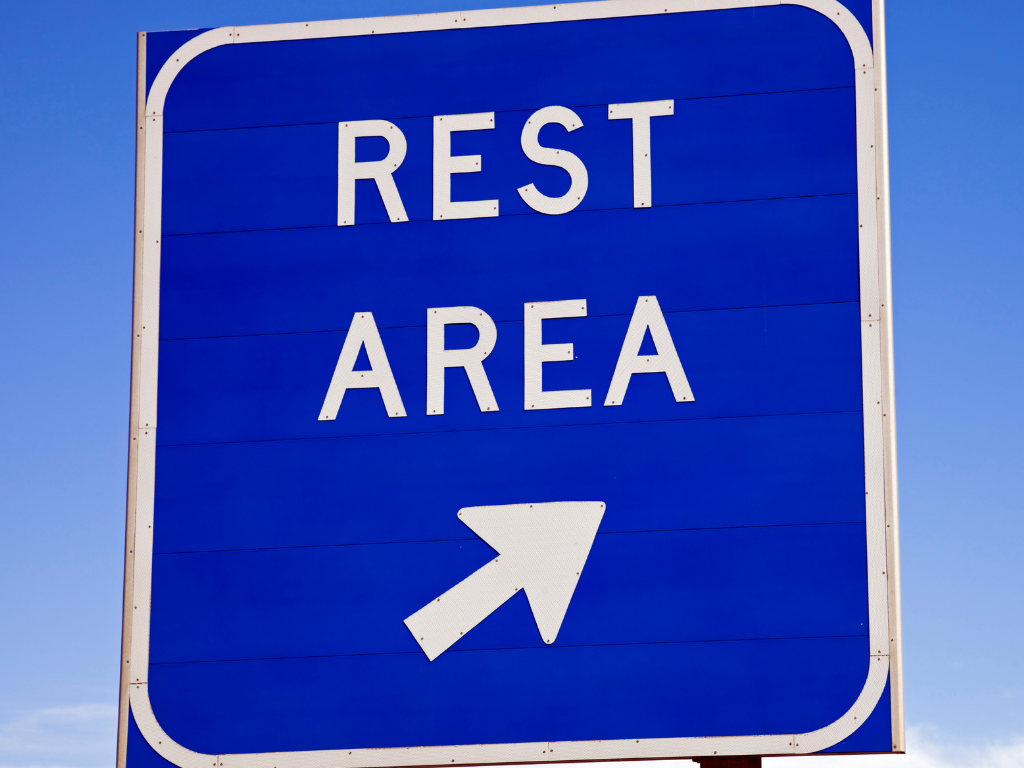Two necessary documents every driver MUST have with them at all times.
Many people don’t know that a vehicle registration is NOT the same as the title. Here are the basics to understanding the two separate documents you need before you can legally drive your vehicle:
Car Title
The title is a legal document that declares you (or the company / individual you owe) is the legal owner of a vehicle. Once a title is obtained, it is valid in every state, despite the owner’s residence.
To receive a title of a vehicle, an owner must have:
- Bill of sale
- Proof of insurance
- Proof of residency (most DMV offices require two verified bills or official mail
- Current odometer reading of vehicle
Registration
The registration is a legal document that states you have paid essential taxes and are in the state’s cataloguing system. Each state has individual requirements for this registration, and a vehicle owner must have one that is valid in his state of residence in order to legally operate the vehicle.
Once a vehicle’s title is obtained, a registration is necessary as well. Although states differ on the requirements for this document, each requires the following:
- Title
- Current insurance (minimum; higher in some states)
- Tax or registration fees
- Vehicle inspection report
Over half of the United States requires emission testing. Emissions, as well as many other safety inspections, vary considerably from state to state. You can find a list of your state’s requirements through the Department of Motor Vehicles, or the Commercial Vehicle Safety Alliance.
The process of obtaining a title and registration for your vehicle is sometimes complicated and always time-consuming. Entrusting that process to ABS ensures a smooth and carefree transition to getting your entire fleet on the road efficiently and legally!





